Re microminis, I’ve now chosen to use them only as pollen in that Oso Easy Italian Ice is so good as a female. The micros I continue to use are the Por La Mar deep velvety red (unnamed) with 30+ petals and perfect HT form with small enough leaves that its true nature is micro-mini. My two plants of it are now full sized at 15" tall and wide. The Poulsen microminis (e.g., the best-selling Karina Parade and Gigi Parade ) have only around 17 petals and open flat. I’m choosing to, rather than using them, my pollens I’m using now in 2020 are the aforementioned, Rainbow’s End, and two of my seedlings that are very compact (1’) with hybrid-tea form and 30ish petals. Both are Oso Easy Italian Ice seedings. I mix pollens but by the look of the plants, I’m guessing the pollen parent of one is a Por La Mar bi-color pink I used last year. The other one might be Red Sunblaze as the pollen parent. I’m also trying, per David Slezak’s work on BS, Sunsprite as a female.
I use small minis as males to get my progeny down to windowbox-size, my goal. So, I’ve crossed Oso Easy Italian Ice with an unnamed Por La Mar pot plant (grows to only a foot tall) that has 30+ velvety red petals of fine form. I care a lot about disease resistance but the rest of this rose’s package is so good that, as long as I put it on the healthy Oso Easy Italian Ice or Sunsprite, I hope to get its advantages into the gene pool of my progeny and then, in the next generation, use the progeny’s pollen onto something healthy like the aforementioned.
You might look at the pot plants at your supermarket or Big Box Store and look for varieties that have small foliage (so when normally grown it doesn’t get large) and, of course, a beautiful flower with perhaps 20 to 30 petals, then peel away the petals of one flower that is almost open to see whether the stamens (pollen sacs) look quite yellow and are sufficiently plentiful. The reasons for the 20-30 petals of course, is so that you increase your chances of getting progeny that isn’t single. And generally, if a flower has much more than 30 petals, it tends to yield little pollen.
Thanks for this advice. I will sacrifice a flower and see if I can make out what is in the yellow middle bit. Of the three varieties of supermarket mini rose that I have, two of them are three-quarters double, with very clear yellow middle bits. The third variety, my white ones, don’t have any showing middle bit and are fully double. I haven’t counted their petals, I will do that.
I haven’t noticed the bees being attracted to them, but that could be just my lack of observance. I have noticed the bees on my other flowers.
I had a look at the flower of one of my mini roses, and struggled to make out stigmas from anthers in the middle yellow bit. I did notice that in the warm weather these orange roses do have a scent. I had noticed a nice scent a couple of weeks ago but thought it was coming from somebody else’s garden. Maybe it is this orange rose bush.
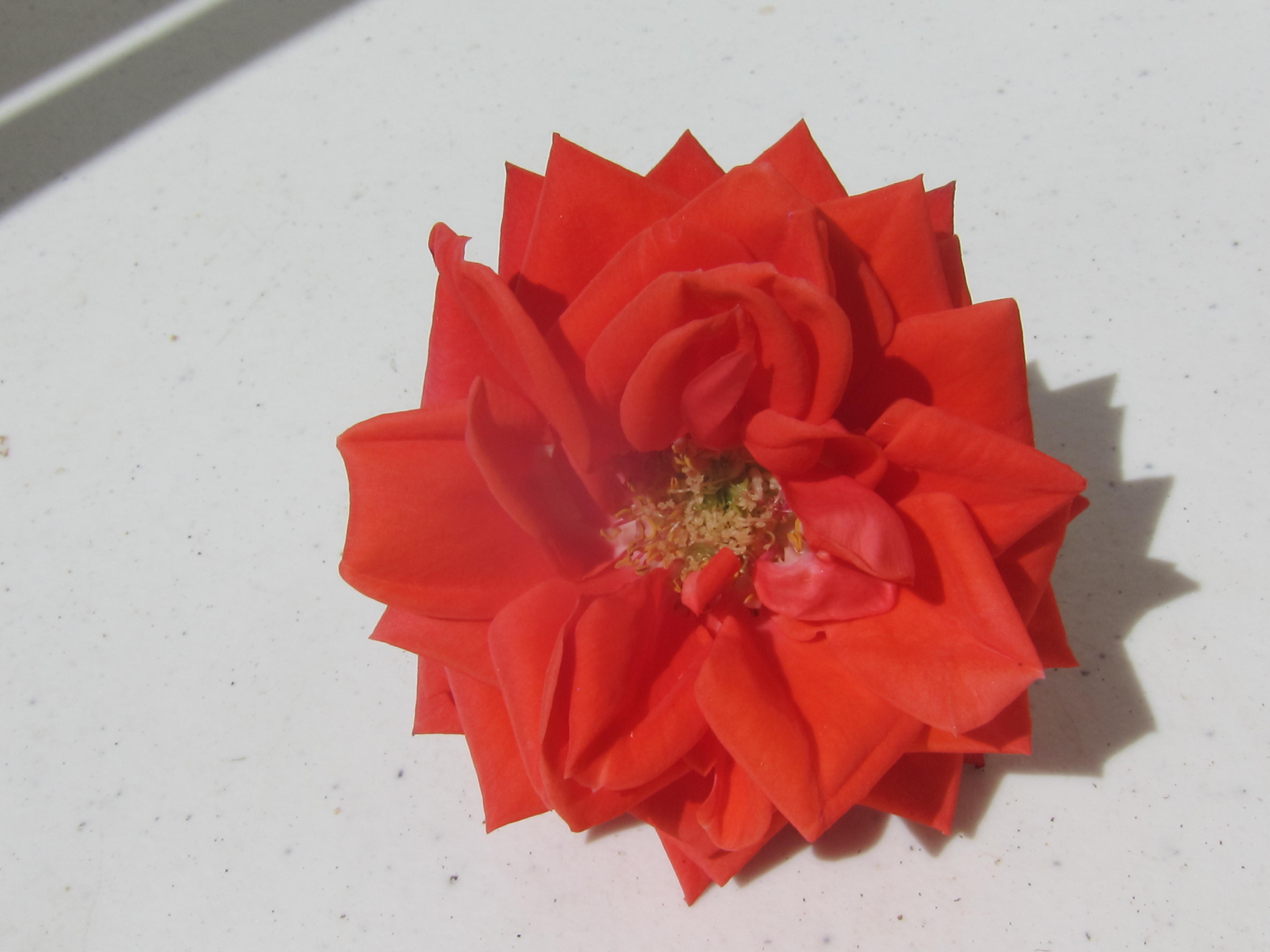
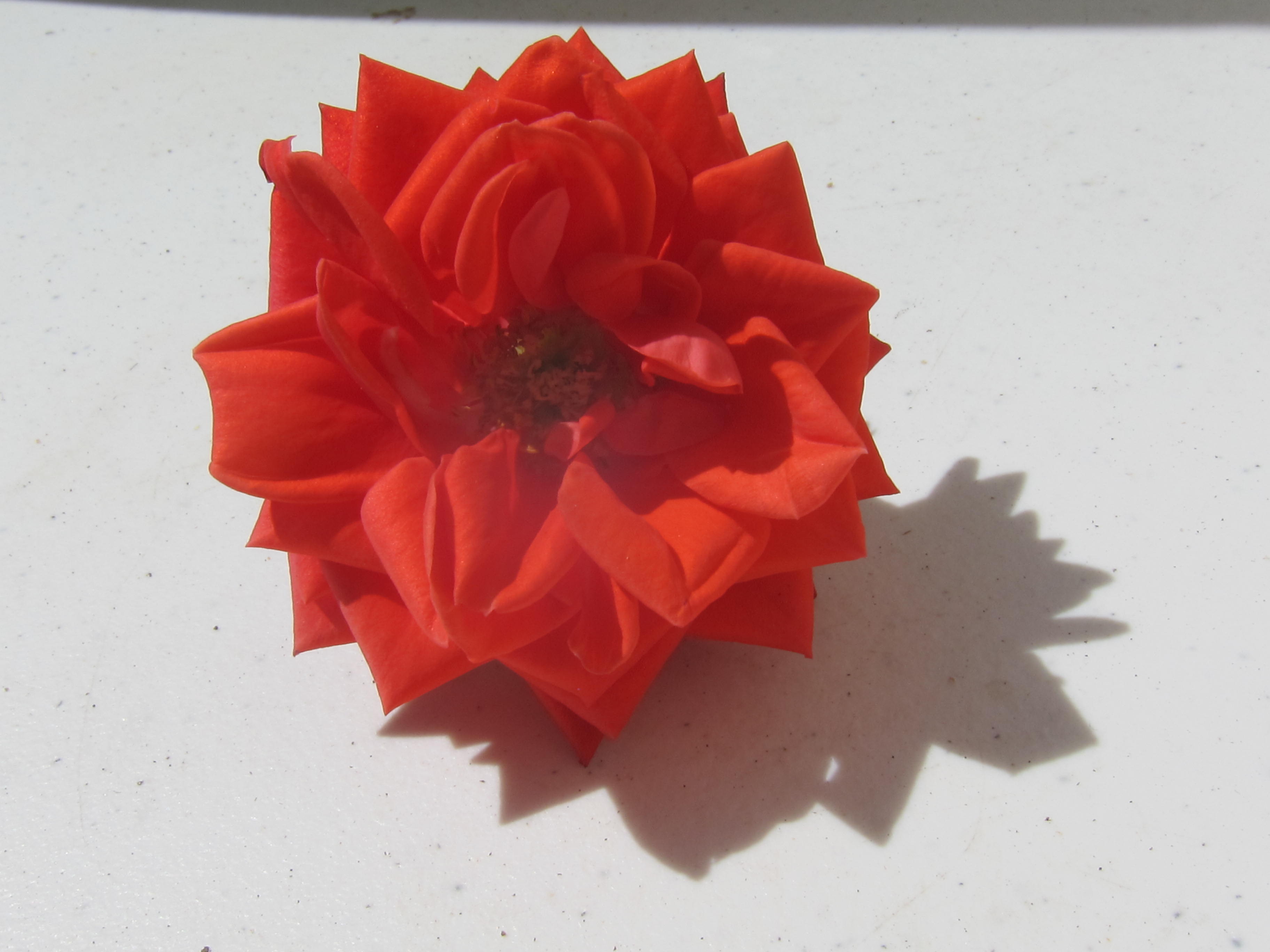
Here are photographs of my other two mini roses. The white ones were the ones I was having trouble with “nodding” flowers, which seems to be sorting itself out now. They are quite big, maybe they weren’t originally mini at all. I haven’t had a look at the yellow centres yet. The red ones were needing to be dead headed anyway, so I looked inside the yellow middle bits but not sure which are the stamens and which the stigmas?
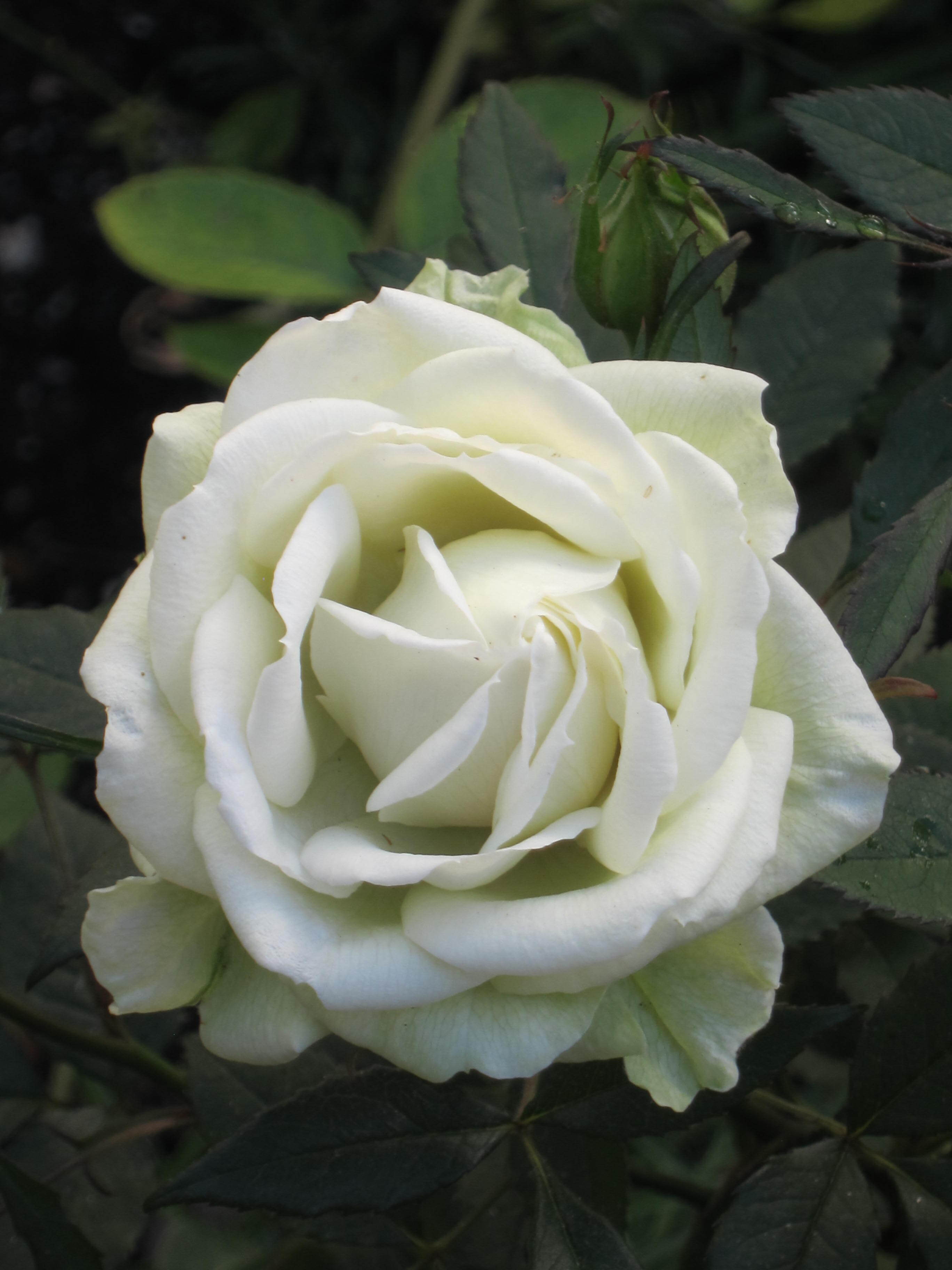
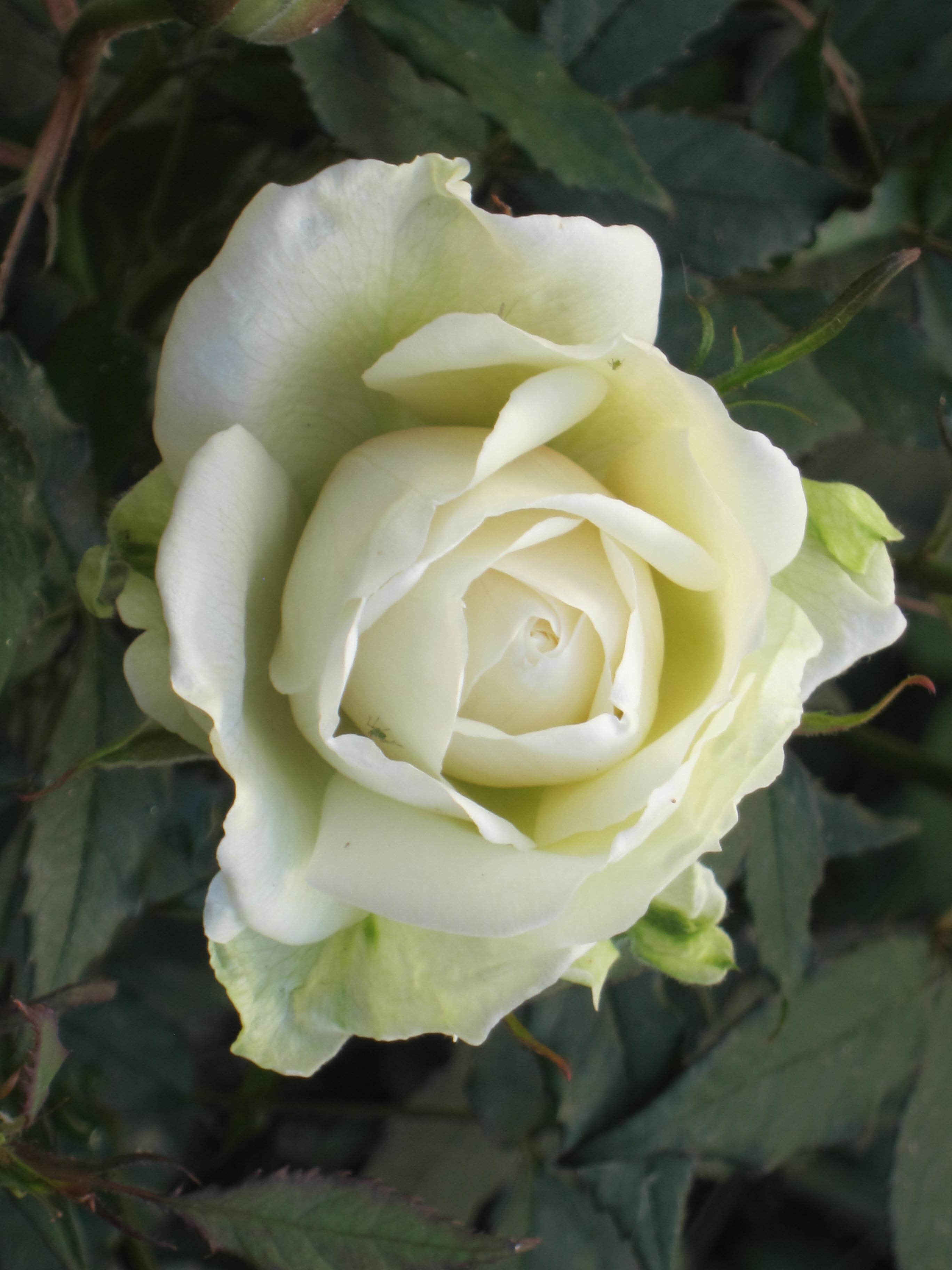
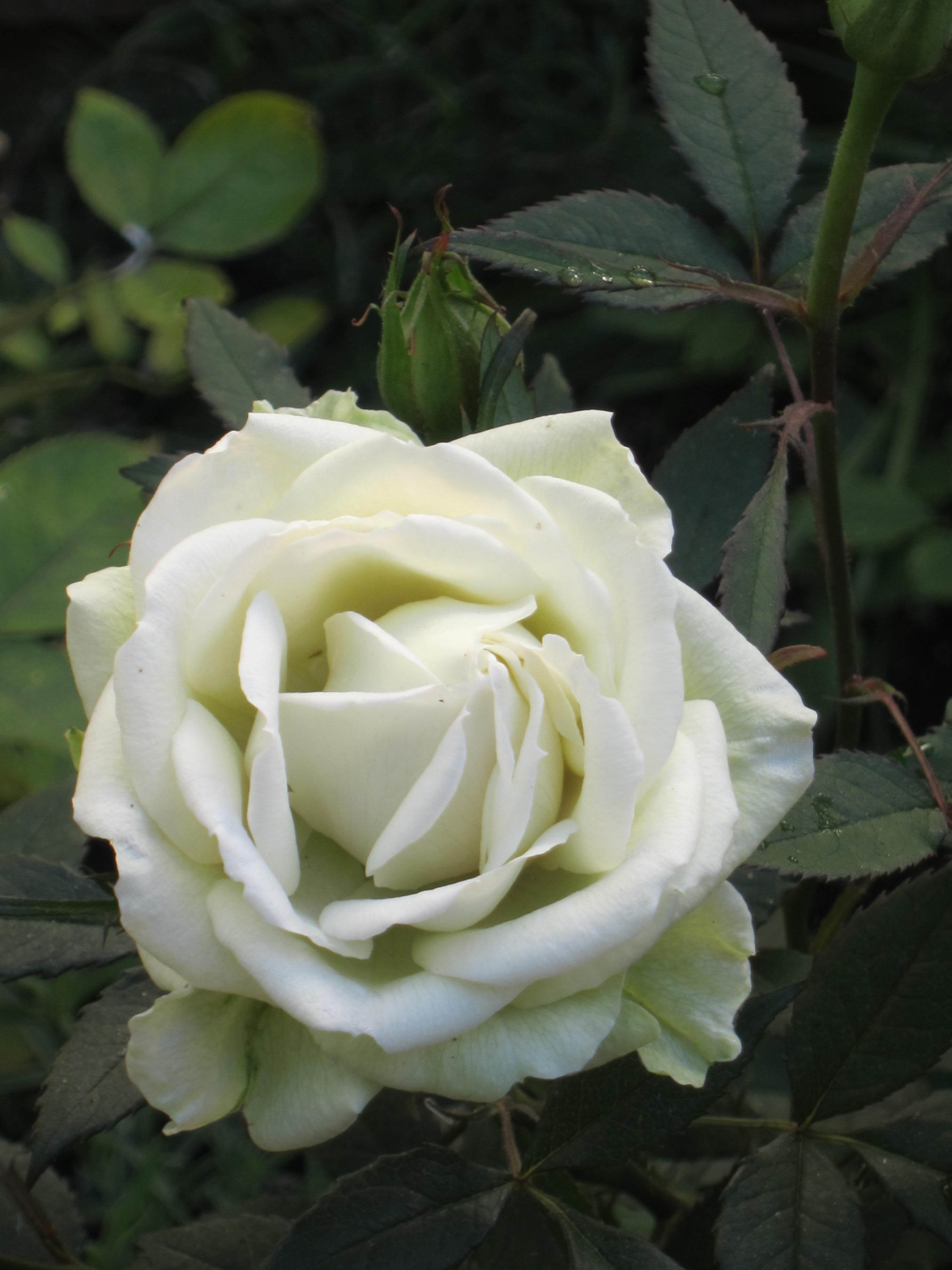
Red mini rose yellow centres. These mini dark red roses don’t seem to have any scent, other than a weedy sort of smell. Nice colour, and the flowers don’t nod. Like all three mini rose varieties I have (white, red and orange), they flower constantly all summer and right up until about February when the extreme cold finally makes the flowers drop off, and then they start flowering again in March when it gets warmer.
The stigma is the female bit and the stamen with anther and filament the male. These red roses look as if they have more than one female stigma surrounded by a lot of male anthers? I am not sure if they produce pollen or seeds at all, or if they are sterile. They started flowering when it was still quite cold here, and the first lot of flowers are now dying and new ones coming out.
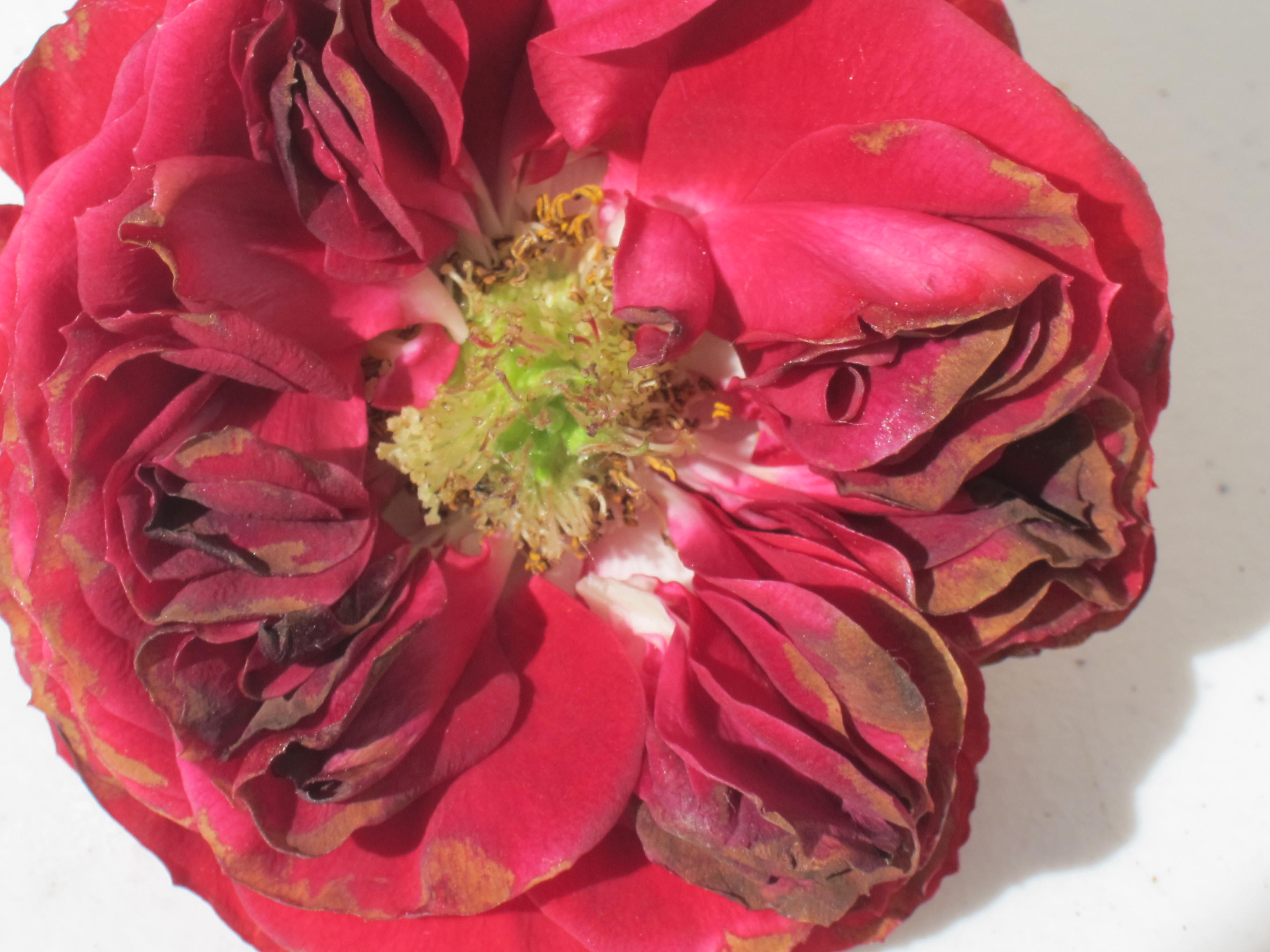
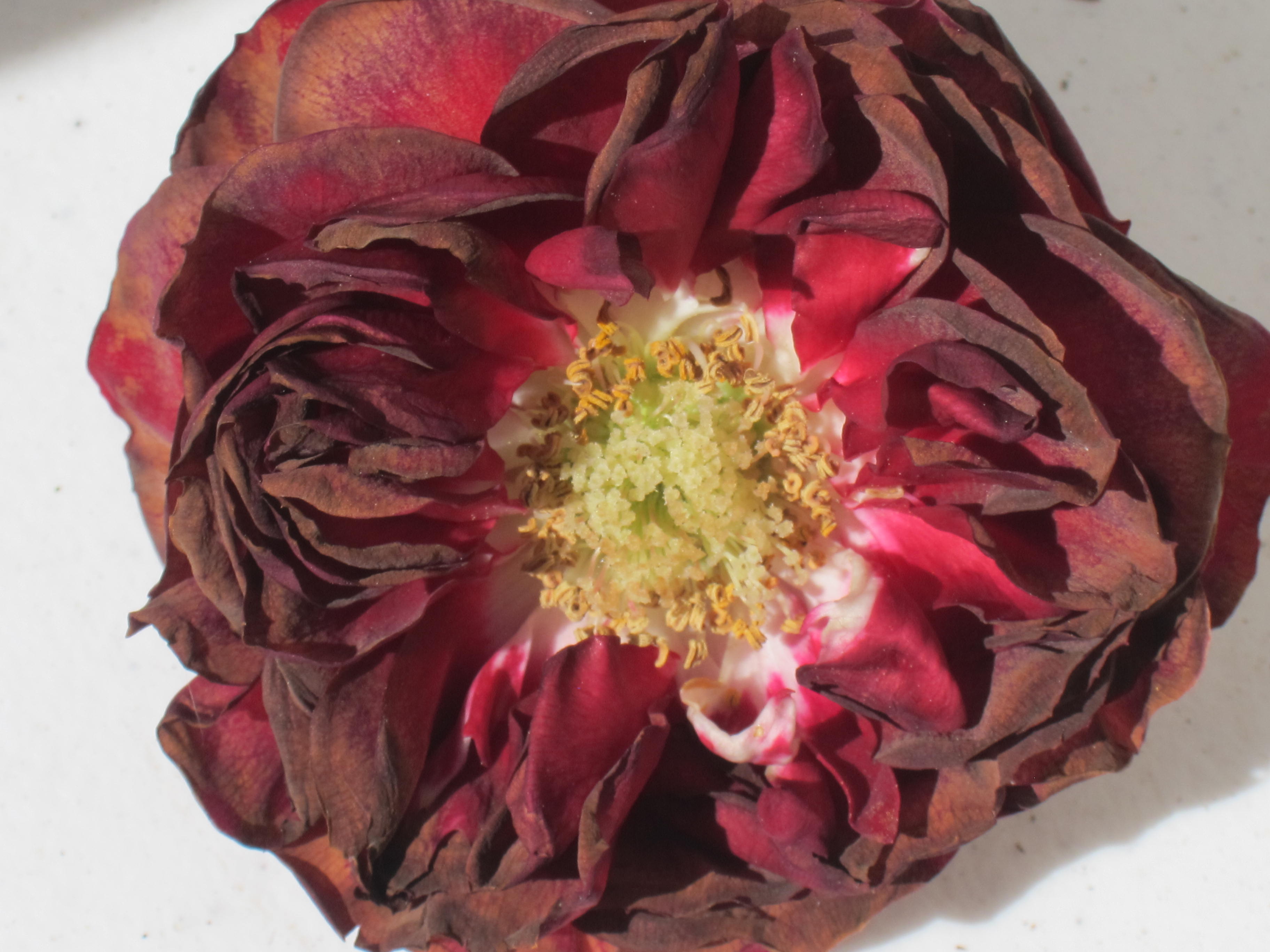
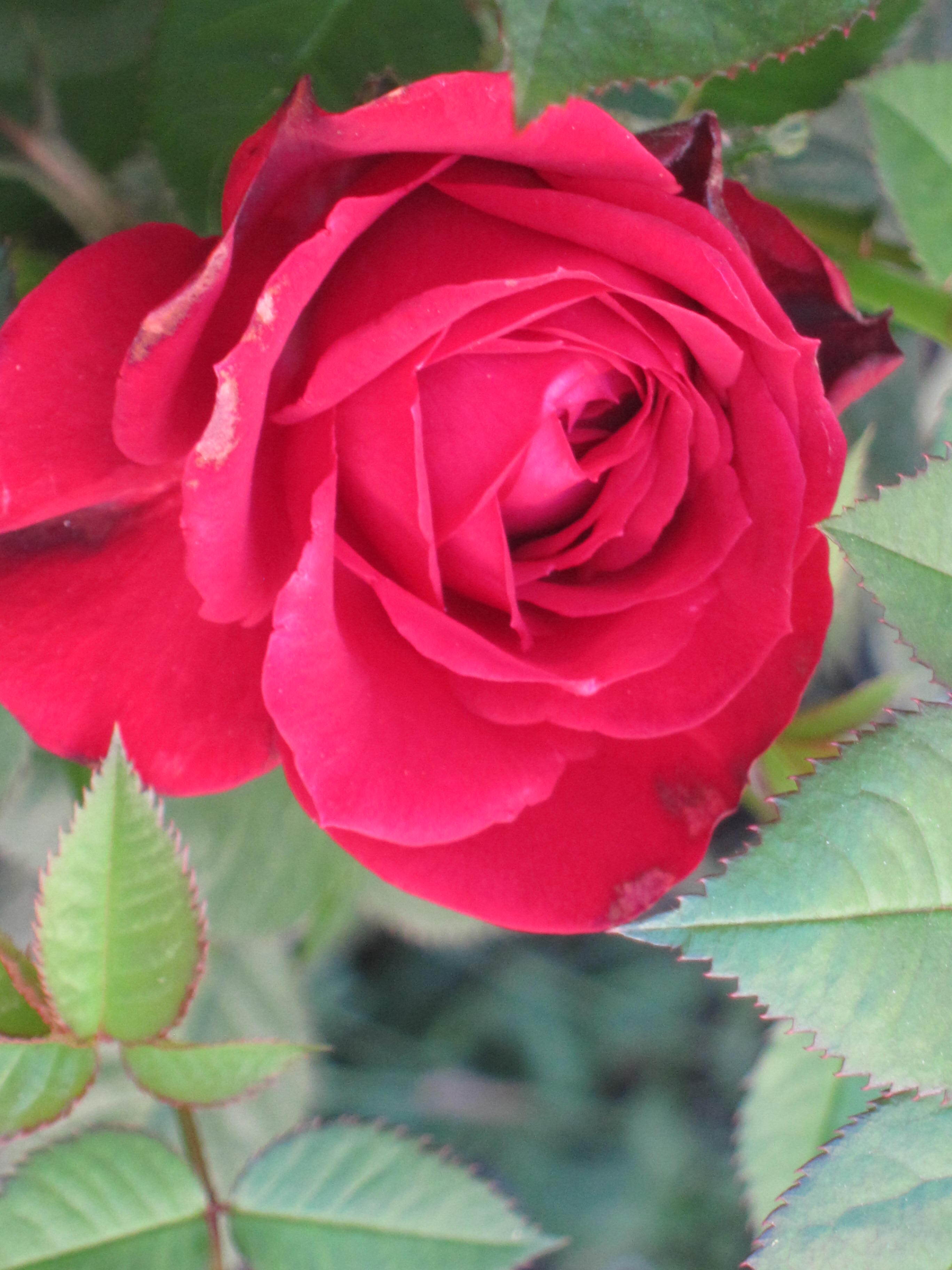
These are photographs of the inner part of my mini orange rose. A flower that hadn’t yet fully opened accidentally got knocked so I pulled the petals off it to look what was inside a new rose. How would I find out if it was producing pollen or if its stigma was functional? It seems to have multiple stigmas?
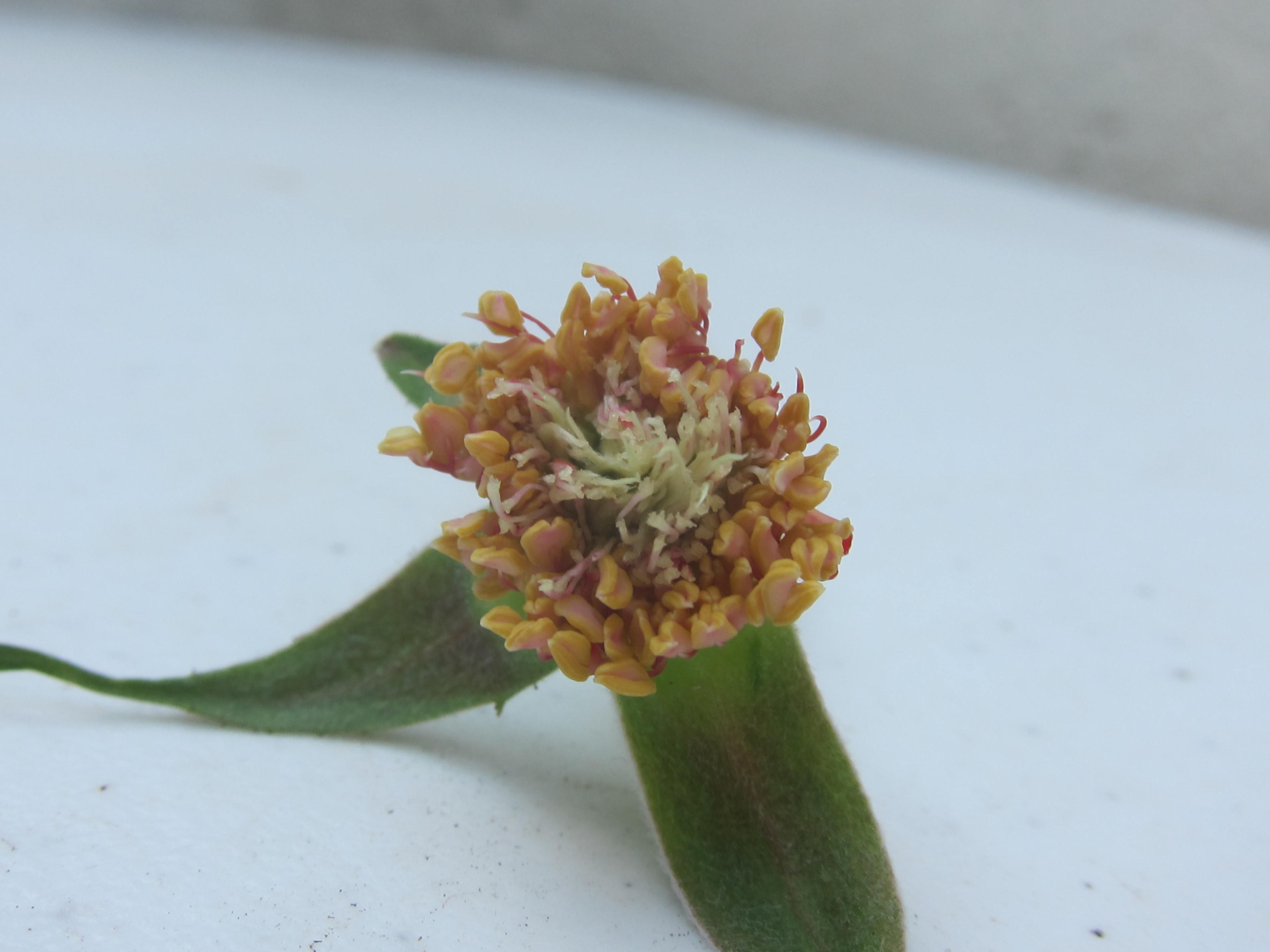
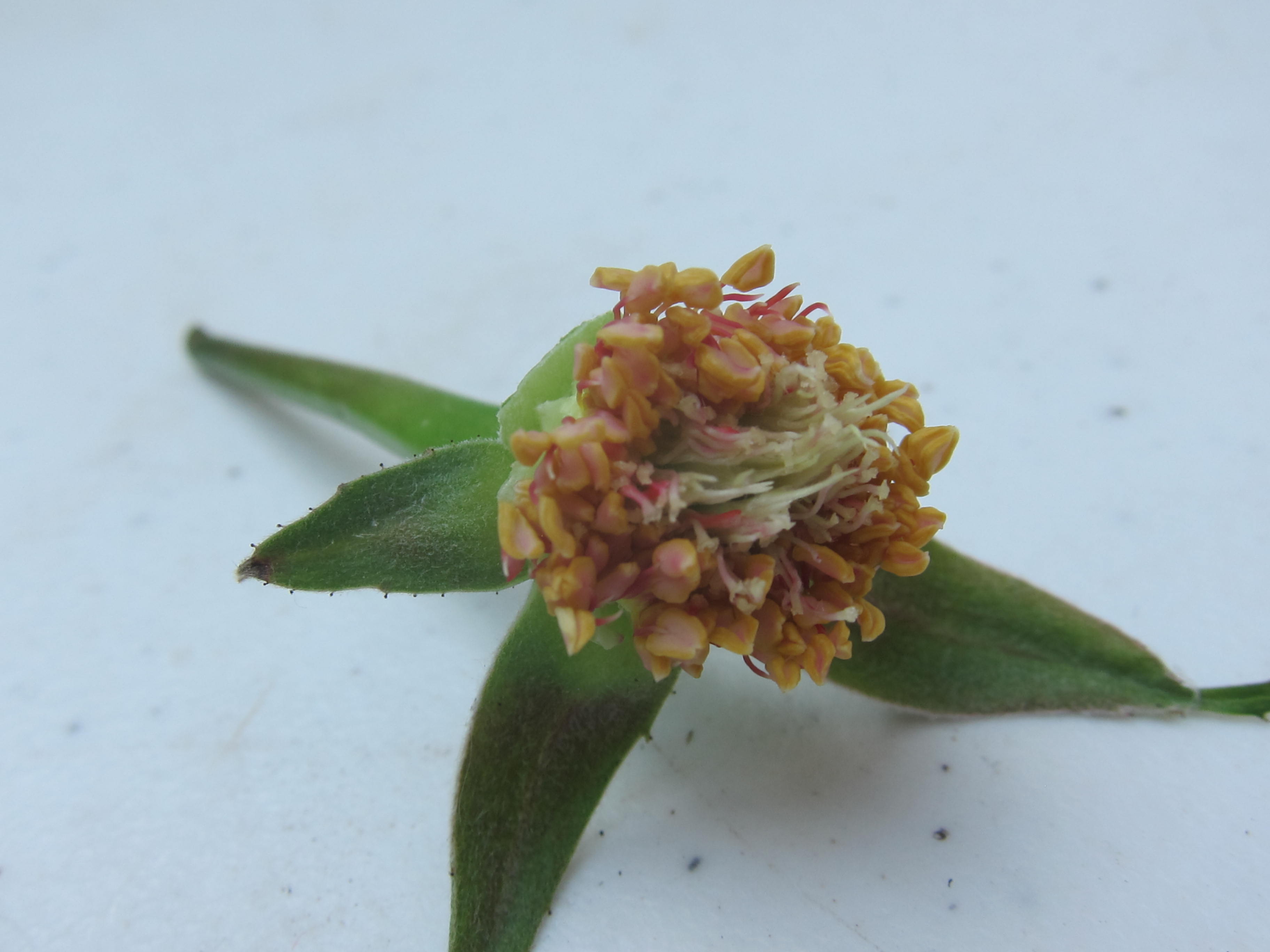
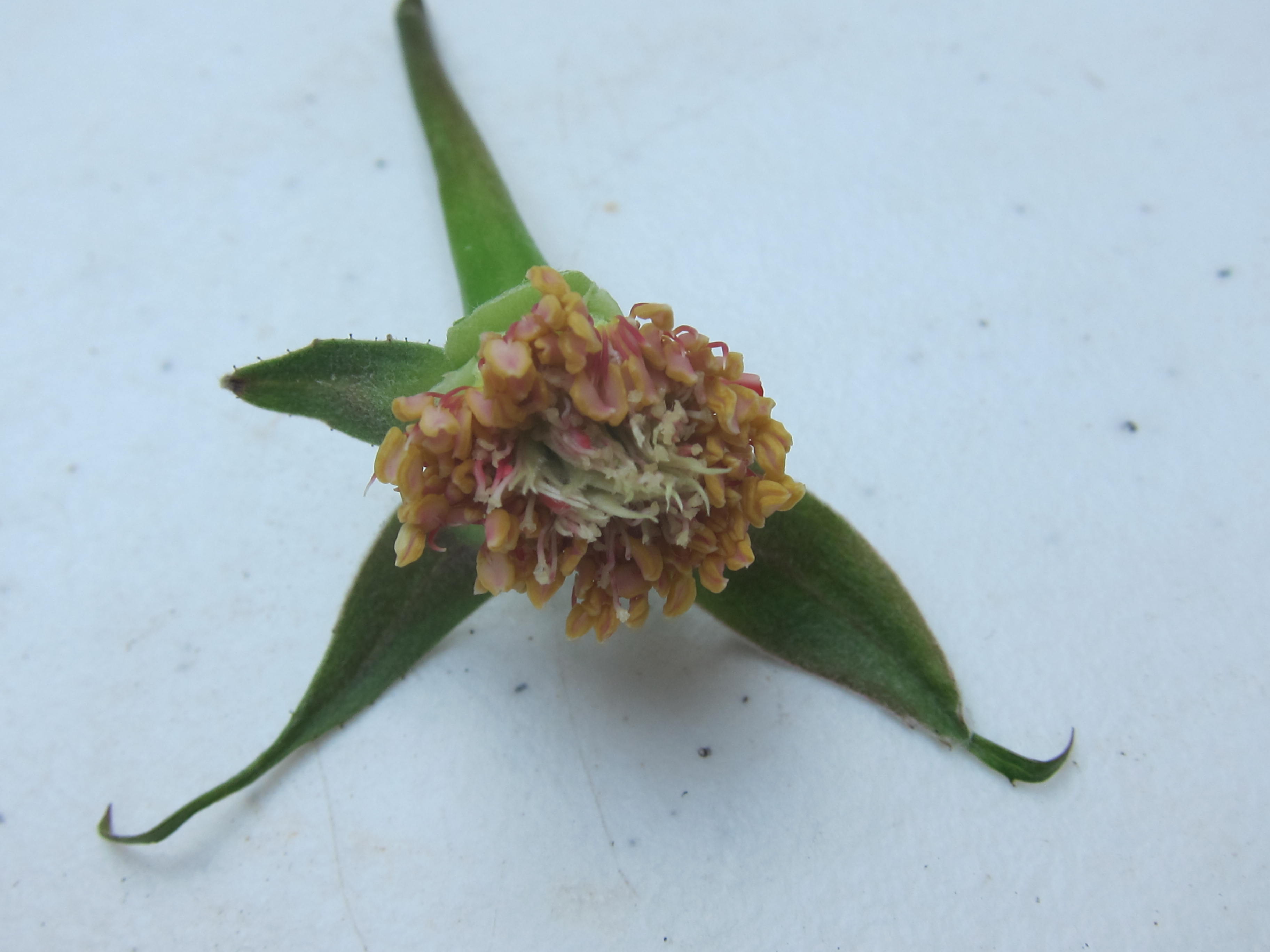
Teh enter on that one is very “muddled”. I see only about half a dozen definite stigmas. So it could be nearly or quite sterile as a mother. On teh otehr hand there are lots of anthers all round. If you just leave this cut rose on a sheet of waxed paper, or on a white plate, you should be able to see pollen drop off after a day or 2, depending on how fast it dehydrates. Sometimes they dry too fast and the pollen does not shed. But tapping it on the surface, once it is dry generally shakes some loose. I dry my flowers in petri dishes (dispoable ones) If I shake vigorously side to side, the flowers bounce againist the walls and jar the pollen loose, once the flowers are really well dried, or for some cultivars, even when the flower is still fairly damp. For instance Soeur Therese, a famous old type, sheds a ton of pollen very easily a couple hours after picking and stripping the petals.
If you have steady fingers, you can actually pick out the stamens and leave the stigmas undamaged on a nearly open flower and use it both as a pollen source and as a potential mother. I use my two thumbs as the diggers and my forefingers to hold the outside of the flower so the neck doesn’t break. One hand holds the petri dish under the flower to catch the pollen as it comes off in the stamens. With single flowers this is easy. With double ones I usually carefully tear out the inner petals first, leaving just the two outer rows. Hold the flower securely with one hand while ripping out with the other or you may pull off the whole flower
Thank you, very useful information. That inside part of the rose in the last pictures I put in a white bowl yesterday to see if any pollen comes off. I have never seen any pollen on any of my mini roses, but I haven’t really been looking for it and they are all outside, and I haven’t looked for it on my other roses either that definitely should have pollen, like my species roses and my Blue For You, and others. I need to use your techniques for collecting pollen generally. My only flowers where I am always seeing pollen are my indoor Peace Lilies.